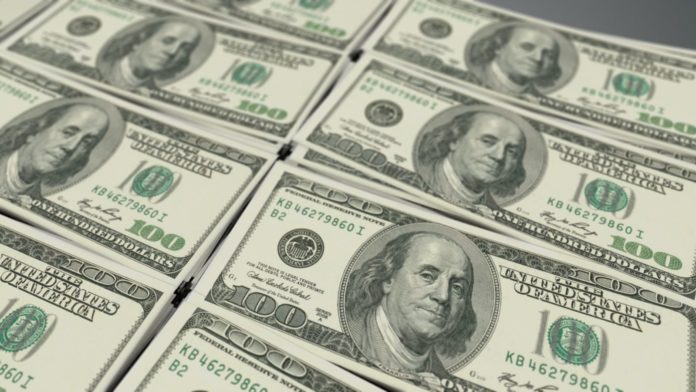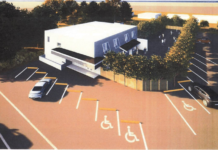In response to the COVID-19 pandemic in the U.S., the federal government threw an economic lifeline to business owners. The federal government’s first Payment Protection Program amounted to $350 billion and was depleted in two weeks after it was signed into law on March 27. The second round of PPP funding, issued on April 24, was $250 billion and there are still funds available. U.S. business owners have until June 30 to apply for PPP funds from the second round.
On Friday, June 19, the Small Business Administration will file its 19th revision to the PPP Flexibility Act. Among the purported changes are forgiveness of loans to self-employed freelancers and independent contractors as well as other key changes to paying the loans back.
For the businesses and self-employed who received the PPP loans, it was a lifesaver. It meant being able to keep employees on the payroll and cover eligible expenses such as rent and utilities during the COVID19 shutdown. When the program was first announced, business owners had only 8 weeks to spend the money from the time it was credited to their account and no payments were required for the first six months of the two-year loan at 1% interest. If borrowers used the funds for the approved expenses, the loan would be totally forgiven and the local bank repaid by the federal government. The new rules give businesses 24 weeks to spend the money and extend the loan maturity date to five years.
In April when the first round of PPP was being disbursed, neither bankers nor loan applicants understood who was going to grant the forgiveness — the banks or the federal Small Business Administration who issued the funds.
“The borrower certifies and the lender verifies,” said Maggie Sayer, CEO of Keys Federal Credit Union, explaining that it is up to the business owner to fill out the 11 page application, or the shorter “EZ” application. Then the bank verifies the math or, for example, that a utility bill covers the applicable dates. The SBA will make the final determination.
“We’re still awaiting more guidance,” Sayer said.
Here are the five major changes to the new PPP rules:
- Instead of 8 weeks to spend the money, businesses now have 24 weeks after the date of the loan disbursement. But borrowers who were approved for the 8-week time frame may still pay it off early or provide paperwork to certify the loan was spent correctly.
- The first PPP rules stated that businesses must spend 75% of the loan on payroll costs. That threshold has now been lowered to 60%. That means if the loan amount (average monthly salary costs multiplied by 2.5) doesn’t equal the 60% in payroll expenses, borrowers could still obtain partial forgiveness. For example, if a business received $100,000 to pay 10 employees, but only had 5 on staff that were actually paid, part of the loan must still be paid back. The amount is determined by a mathematical formula included in the application.
- The new rules have two “safe harbor” provisions for businesses that were legally unable to return to the same level of business activity due to federal orders (for example, bars in Florida that were closed from March 17 to June 1, or 11 weeks) and businesses that were unable to staff at the same levels previous to COVID-19 because they are unable to find qualified employees for unfilled positions. Under the old rules, borrowers had to restore salaries and be operating at full business volume by June 30. The new date is Dec. 31, 2020, if they opt for the 24-week extension.
- The latest revision to the rules implements a five-year maturity period for new loans closed on or after June 5, 2020 and permits lenders and borrowers to extend, by mutual agreement, the previous 2 year maturity date for loans issued before June 5th.
- Finally, it puts a little wriggle room in deadlines for borrower payments of principal, interest and fees on these loans, extending it to the date the SBA remits the borrower’s forgiveness paperwork, not the applicant.
Keys Federal Credit Union has issued $6.2 million in PPP loans so far. According to Sayer, more than 200 local businesses applied. She said about 10% of those have used the funds and accounted for their spending.
“Most of those who were approved in the first round of funding are ready to go,” Sayer said. “But we have told them to hold on to their paperwork because we don’t know what the SBA’s next step will be.”
According to First State Bank spokesperson Angie Walterson, the bank continues to accept and submit loan applications on behalf of Florida Keys businesses. To date, First State Bank has helped almost 900 Monroe County businesses to retain or rehire thousands of local employees by obtaining over $53 million in PPP funding. “Due to the pending changes noted above, no PPP loan customers have applied for or received SBA forgiveness at this time,” she said.
Again, business owners and self-employed have the ability to apply for the second round of PPP funding. According to Forbes magazine, as of June 17 there is still $146 billion available.
Federal Treasury Secretary Steven Mnuchin and National Economic Council Director Larry Kudlow announced recently that the businesses that received PPP loans should not be identified. Some large corporations that are publicly traded companies have been identified as PPP recipients because they were obliged to share that information with the Securities and Exchange Commission.
The PPP loans are part of the CARES act, or the Coronavirus Aid, Relief, and Economic Security Act.


























